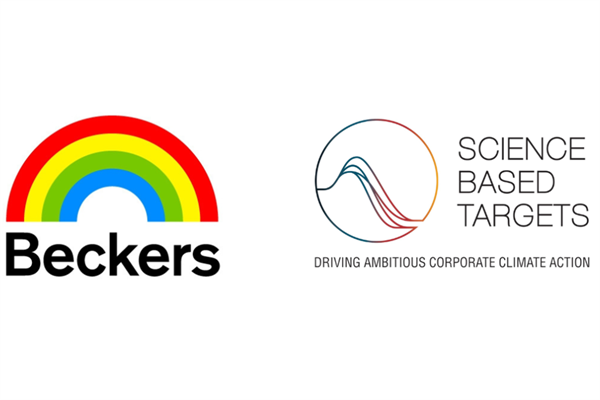
Beckers has committed to achieving net-zero emissions across its entire value chain by 2050, aligning with the Science Based Targets initiative (SBTi).
The coil coating company Beckers has recently announced its climate targets
in line with the Science Based Targets (SBTi) initiative, which will be presented in good time at SBTi.
“We are proud to be the first company in the coil coating industry to commit to the Net Zero target. Our proactive value chain approach to reducing our climate impact is a clear competitive advantage for us – both now and in the future,” has stated Gavin Bown, CTO at Beckers.
Value chain approach
Beckers reduced the absolute CO2 emissions of its Scope 1 and 2 activities by 51% between 2013 and 2023.
“We believe in the power of collaboration and innovation to drive change. While we are committed to our own sustainability goals, we understand the importance of supporting our suppliers and customers in their efforts. Success in this endeavour requires collective action across the entire value chain,” has added Gavin Brown.
Pioneering Positive Impact
Beckers' commitment to SBTi reinforces its strategy of rapidly reducing CO2
emissions in the short term, in line with the latest scientific knowledge. In fact, Beckers was recently recognised by the Financial Times as one of Europe's climate leaders.
“Achieving net-zero emissions by 2050 will be a challenge in the complex coil coating value chain in which we operate. But we must continue to do everything within our power to succeed, even though we don't have all answers or solutions today,” has commented Nicklas Augustsson, CSO at Beckers.
SBTi and Net Zero
The SBTi is a collaborative effort between the CDP, the UN Global Compact, the World Resources Institute and the World-Wide Fund for Nature with the aim of promoting corporate climate action by encouraging companies to set science-based emission reduction targets. Furthermore, achieving net zero emissions means no net increase in carbon emissions, as every greenhouse gas emission produced is offset by an equivalent amount of greenhouse gas removals.